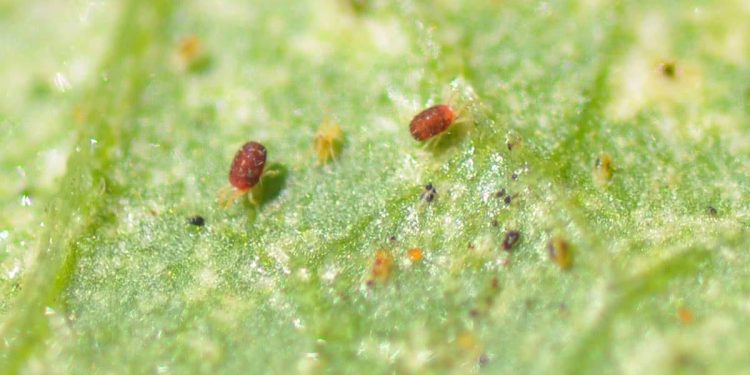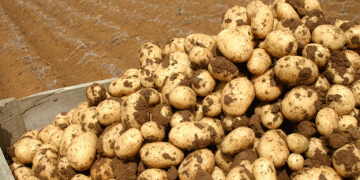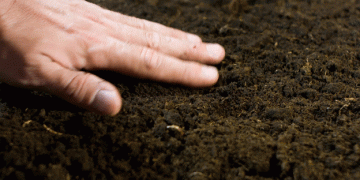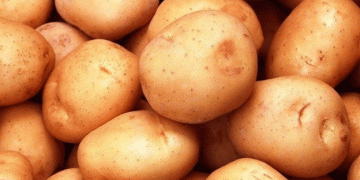Title: Tetranychus Urticae: The Tiny Pest Causing Big Problems in Agriculture
Description: Tetranychus urticae, commonly known as the Two-spotted spider mite, is a tiny pest that has been causing big problems in agriculture. These pests have been attacking a wide range of crops, including fruits, vegetables, ornamental plants, and field crops, causing significant economic losses for farmers. In this article, we will explore the development and consequences of Tetranychus urticae infestation, and the measures that can be taken to control it.
Development: Tetranychus urticae is a common pest found in most parts of the world. The infestation of these pests is usually seen in hot and dry weather conditions, and they are more likely to occur in greenhouses or indoor plants. The pests are not visible to the naked eye, as they are only 0.5mm in size, but their presence can be identified by the fine webbing they produce on the plants. These pests feed on plant sap, which can result in stunted plant growth, reduced yield, and even plant death.
Consequences: The infestation of Tetranychus urticae can cause significant economic losses to farmers. The pests can quickly reproduce and spread, causing damage to a wide range of crops. The damage caused by these pests can result in reduced yield and quality, and in severe cases, the complete loss of the crop. Furthermore, the use of chemical pesticides to control these pests can have negative impacts on the environment and human health.
Control Measures: Integrated pest management (IPM) strategies are effective in controlling Tetranychus urticae infestation. These measures include the use of natural enemies, such as predatory mites and insects, which feed on the pests, and the use of physical control methods, such as spraying plants with water or vacuuming the pests. Additionally, maintaining a healthy plant environment, including proper watering and fertilization, can help prevent infestation.
Conclusion: Tetranychus urticae is a tiny pest that can cause significant damage to crops, resulting in economic losses for farmers. However, by implementing IPM strategies and maintaining a healthy plant environment, infestation can be controlled without the use of harmful pesticides, leading to a more sustainable and healthier agriculture industry.






